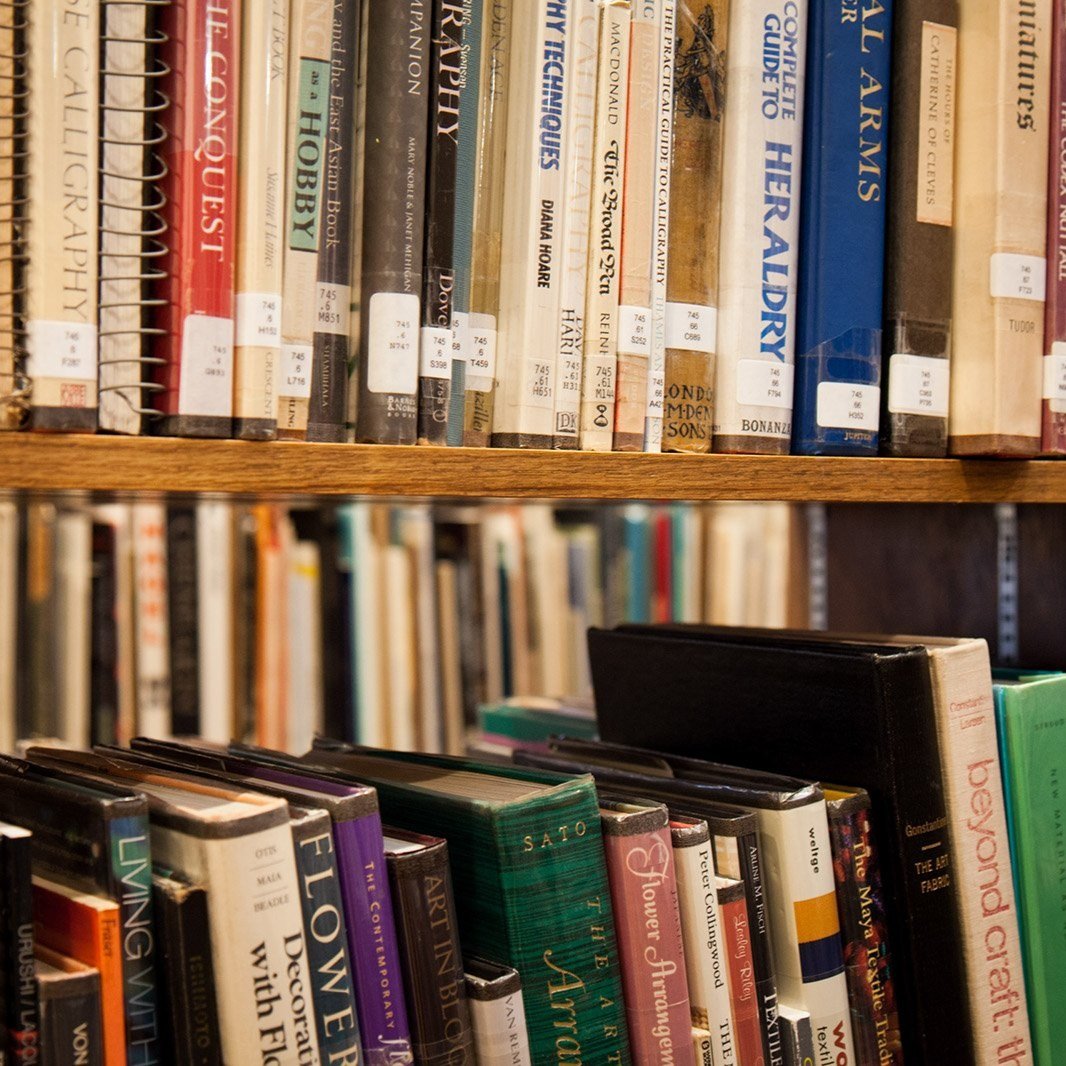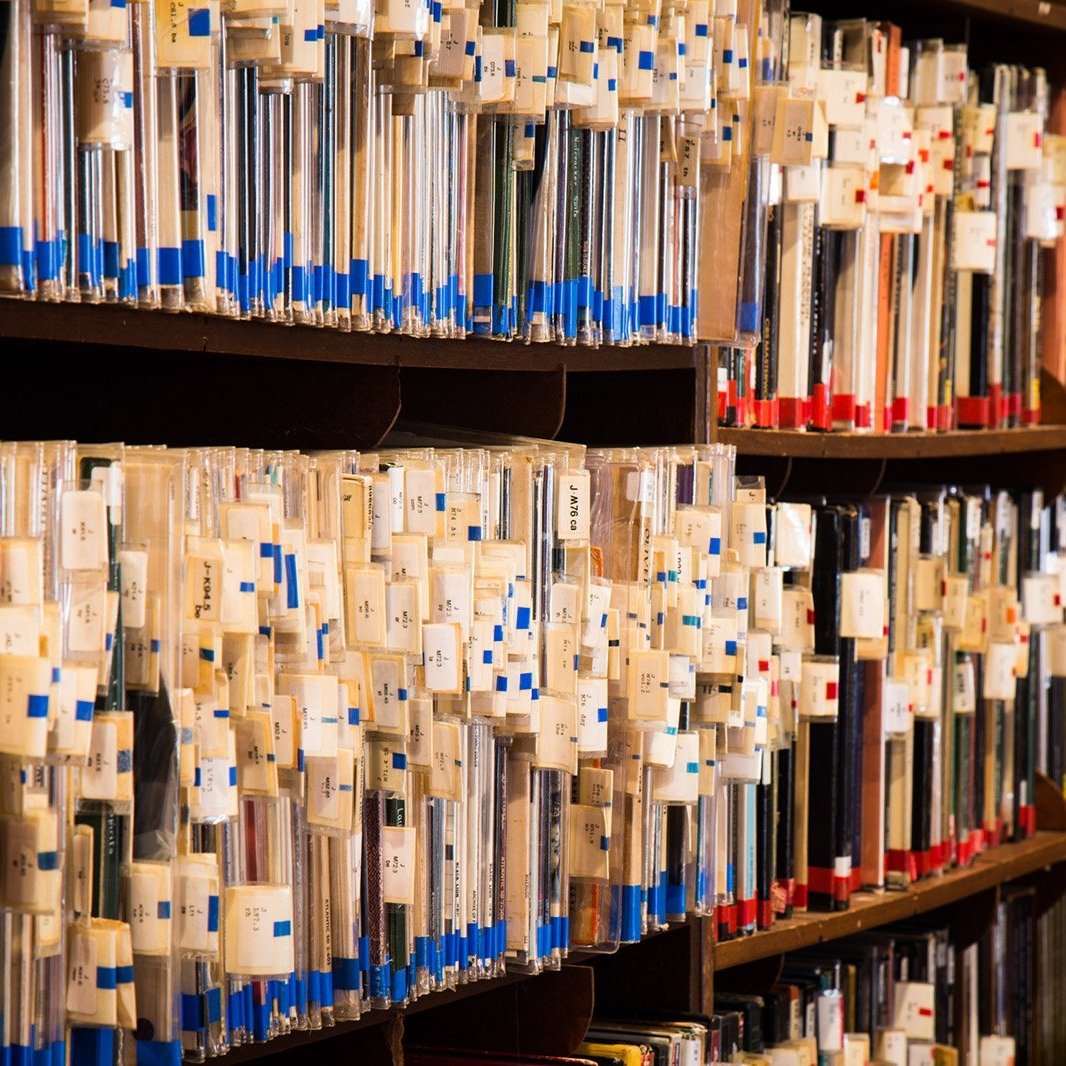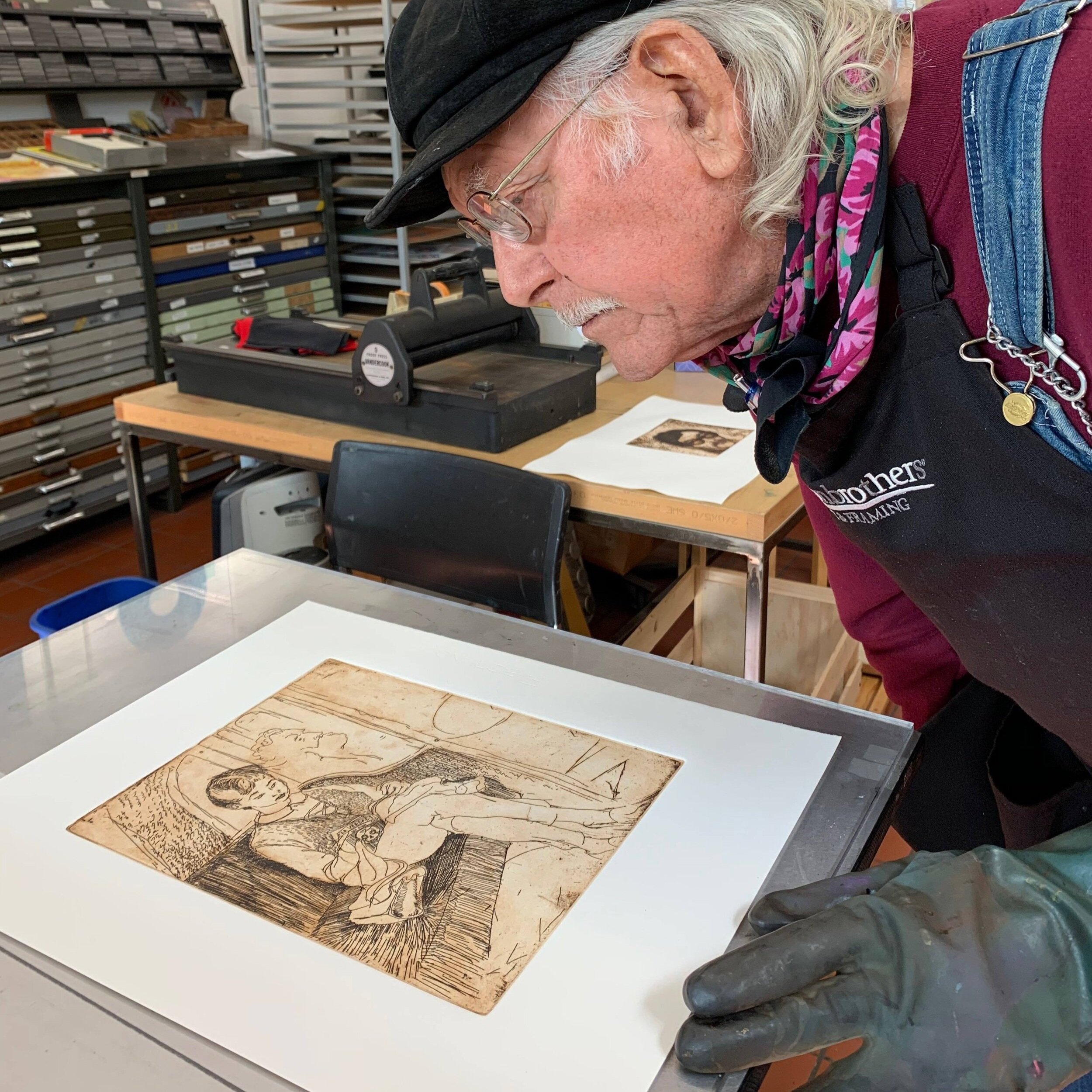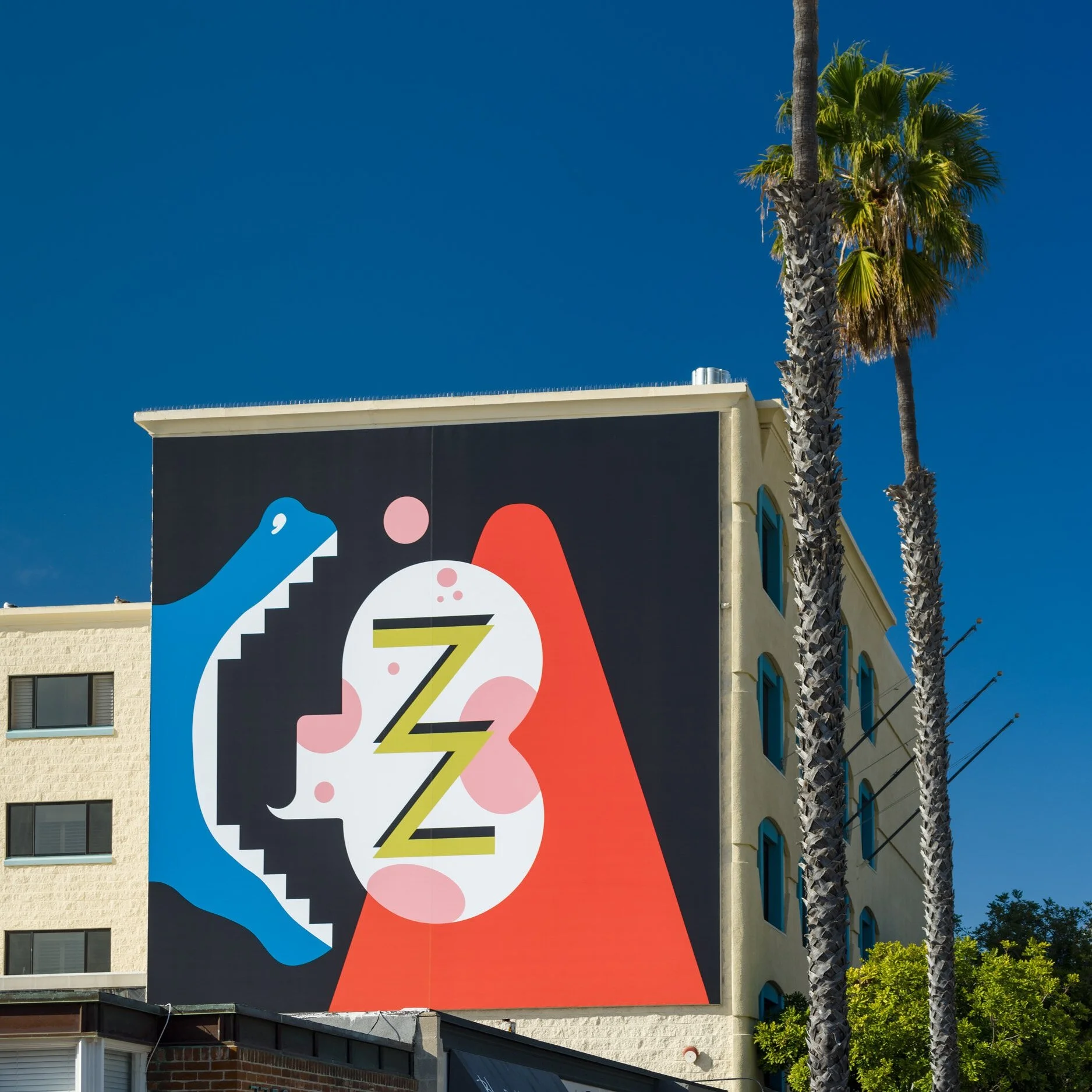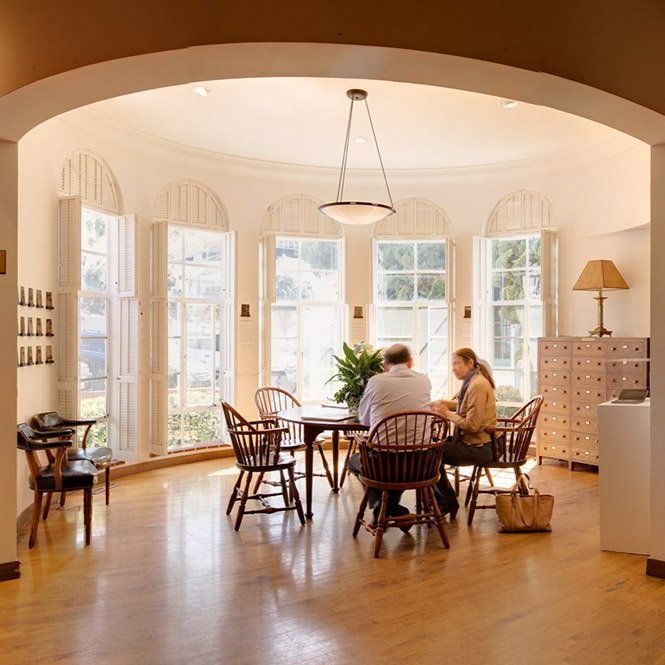Tuesdays, September 20, 27; October 4, 11 & 18, 2022
7:30 PM
Join music, art, literary, and dance historian Victoria Martino in a five-week lecture series, celebrating the 150th anniversary of Diaghilev by rediscovering and redefining the scope of his immeasurable influence on modern culture.
Who was Sergei Diaghilev? What did he do? Condemned by his own country as the ultimate exemplar of bourgeois decadence and depravity, he was excised from Soviet cultural history. Yet, in the international world of art, music, dance, and theater, he was revered, even idolized, as the greatest impresario of all time. Creator, critic, curator, Diaghilev played all these roles, defining for many the very meaning of contemporary art in the 20th century. In his role as founder and director of the legendary Ballets Russes, Diaghilev commissioned and patronized a veritable lexicon of artists, choreographers, composers, dancers, and designers: from Matisse to Picasso, Fokine to Massine, Debussy to Stravinsky, Nijinsky to Pavlova, Bakst to Chanel.
September 20: The Dandy (1872–1899)
Born in 1872 to parents of nobility, Sergei Pavlovich Diaghilev was raised in Russian high society and sent to study law at the University of St. Petersburg. In 1890, he joined the Nevsky Pickwickians, an informal circle of student intellectuals who founded a progressive art journal, Mir iskusstva (“The World of Art”). As Chief Editor, Diaghilev became the primary spokesman for contemporary art. In 1899, he was appointed artistic advisor to the Imperial Theatres in Moscow.
September 27: The Director (1899–1906)
In 1905, Diaghilev organized a historic portrait exhibition of Russian art treasures at the Tauride Palace in St. Petersburg. He himself traveled to secure loans of more than 4,000 paintings, owned by 450 collectors. The innovative installation of the exhibition displayed groups of paintings in differently decorated interiors to create a sense of artistic synthesis. It was a huge success, catapulting Diaghilev to the pinnacle of the Russian cultural elite.
October 4: The Diplomat (1906–1909)
The great turning point for Diaghilev came when he moved to Paris in 1906. He organized an exhibition for the Salon d’Automne entitled Two Centuries of Russian Art and Sculpture. Filling 12 galleries in the Grand Palais, it included 750 works by 103 artists. In 1907, he produced a series of concerts at the Paris Opera, featuring Russian nationalist composers, which culminated in Modest Mussorgsky’s Boris Godunov (in Russian) with Fyodor Chaliapin in the title role.
October 11: The Dictator (1909–1919)
Influenced by the dance innovations of Isadora Duncan, Richard Wagner’s concept of the Gesamtkunstwerk, and the synaesthetic theories of Charles Baudelaire, Diaghilev finally achieved his ultimate synthesis of the arts with his creation of the Ballets Russes, which opened in 1909 at the Théâtre du Châtelet in Paris. Dancers included Anna Pavlova, Vaslav Nijinsky, and Mikhail Fokine. The Ballets Russes toured throughout Europe and the Americas uninterruptedly for two decades, from 1909 to 1929.
October 18: The Despot (1919–1929)
Diaghilev conceived of music, choreography, set design, and costume as equal, integral aspects of the ballet, and he commissioned many great composers, choreographers, and artists to create original works for the Ballets Russes. In its 20-year history, the company could boast of an illustrious, international “Who’s Who” of collaborators, elevating ballet to a new height in the cultural hierarchy. Ruthless and dictatorial, Diaghilev persevered in realizing his artistic vision, until, debilitated by diabetes, he died in Venice in 1929.
About Victoria Martino:
Victoria Martino is a magna cum laude graduate of Harvard University and the University of California. A specialist in European modernism, she has written and lectured extensively on artists of the early 20th century, including (among others) Ernst Ludwig Kirchner, Paul Klee, Wassily Kandinsky, Arnold Schoenberg, and the German avant-garde periodical PAN. She has curated numerous museum exhibitions in Europe and the United States and has published over 60 catalogue essays and scholarly articles. Martino has been a guest professor at universities in Australia and the United States, and she has participated in international scholarly symposia. A professional arts critic, she has published reviews in THE Magazine, New York Arts, the Berkshire Review for the Arts, The Huffington Post, and many European journals.
The lectures will be in person at the Athenaeum Music & Arts Library. There are no physical tickets for these events. Your name will be on an attendee list at the front door. Doors open at 7 p.m. Seating is first-come; first-served. These events will be presented in compliance with State of California and County of San Diego health regulations as applicable at the time of each lecture.
Masks optional. If you have a fever, cough, or flu-like symptoms, please stay home.





